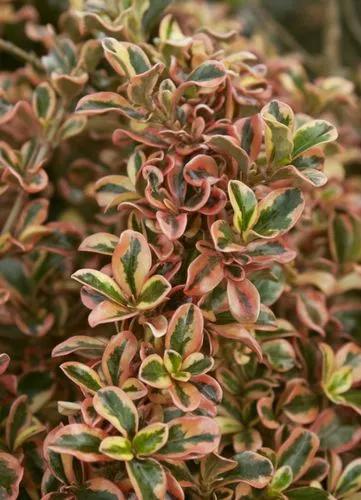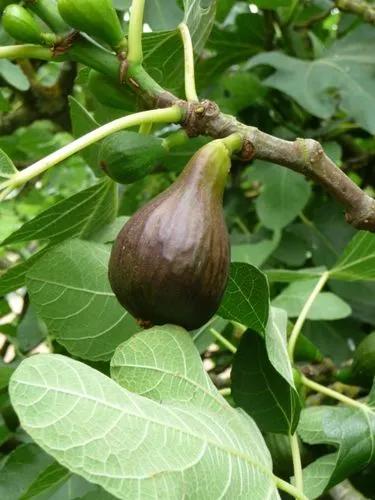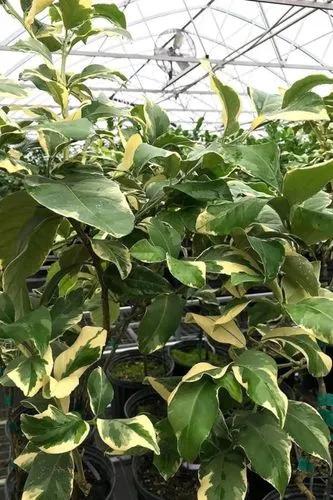Greengages are a group of cultivars of the common European plum. Greengage fruit are usually smaller than plums, have light green flesh, with yellow to green coloured skins, and are considered to be among the finest dessert plums.
Greengage Care
Prunus Domestica Subsp. Italica



How to Care for the Plant

Water

It prefers moist soil.

Pruning

Thin fruit as needed. Regular pruning required according to tree form. Prune in summer in areas where silver leaf disease is prevalent.

Sunlight

Plant plum trees in the dormant season, in a sheltered position where the tree will get plenty of sunshine.

Soil

Suitable for: light (sandy), medium (loamy) and heavy (clay) soils, prefers well-drained soil and can grow in heavy clay soil. Suitable pH: acid, neutral and basic (alkaline) soils and can grow in very alkaline soils.

Temperature

Although plum trees are frost hardy, the flowers - essential for fruiting - are very susceptible to frost. If frost is threatened during the flowering period, protect the flowers with horticultural fleece.

Additional

Although no specific mention has been seen for this species, it belongs to a genus where most, if not all members of the genus produce hydrogen cyanide, a poison that gives almonds their characteristic flavour. This toxin is found mainly in the leaves and seed and is readily detected by its bitter taste. It is usually present in too small a quantity to do any harm but any very bitter seed or fruit should not be eaten. In small quantities, hydrogen cyanide has been shown to stimulate respiration and improve digestion, it is also claimed to be of benefit in the treatment of cancer. In excess, however, it can cause respiratory failure and even death.

Popularity

204 people already have this plant 46 people have added this plant to their wishlists
Discover more plants with the list below
Popular articles






